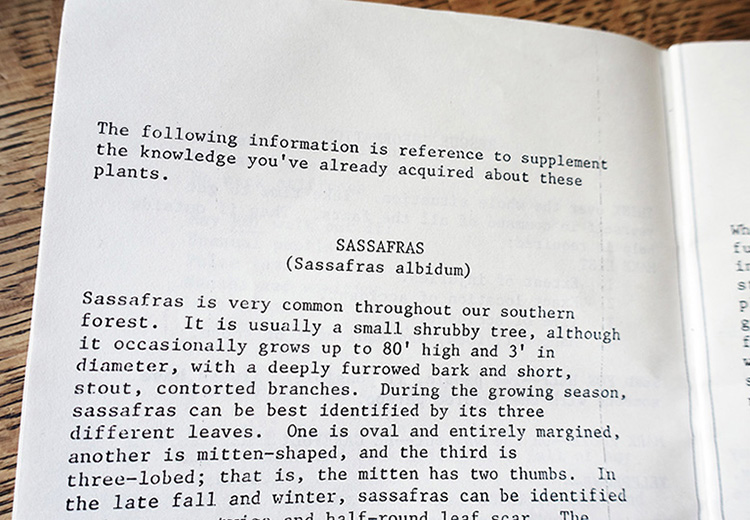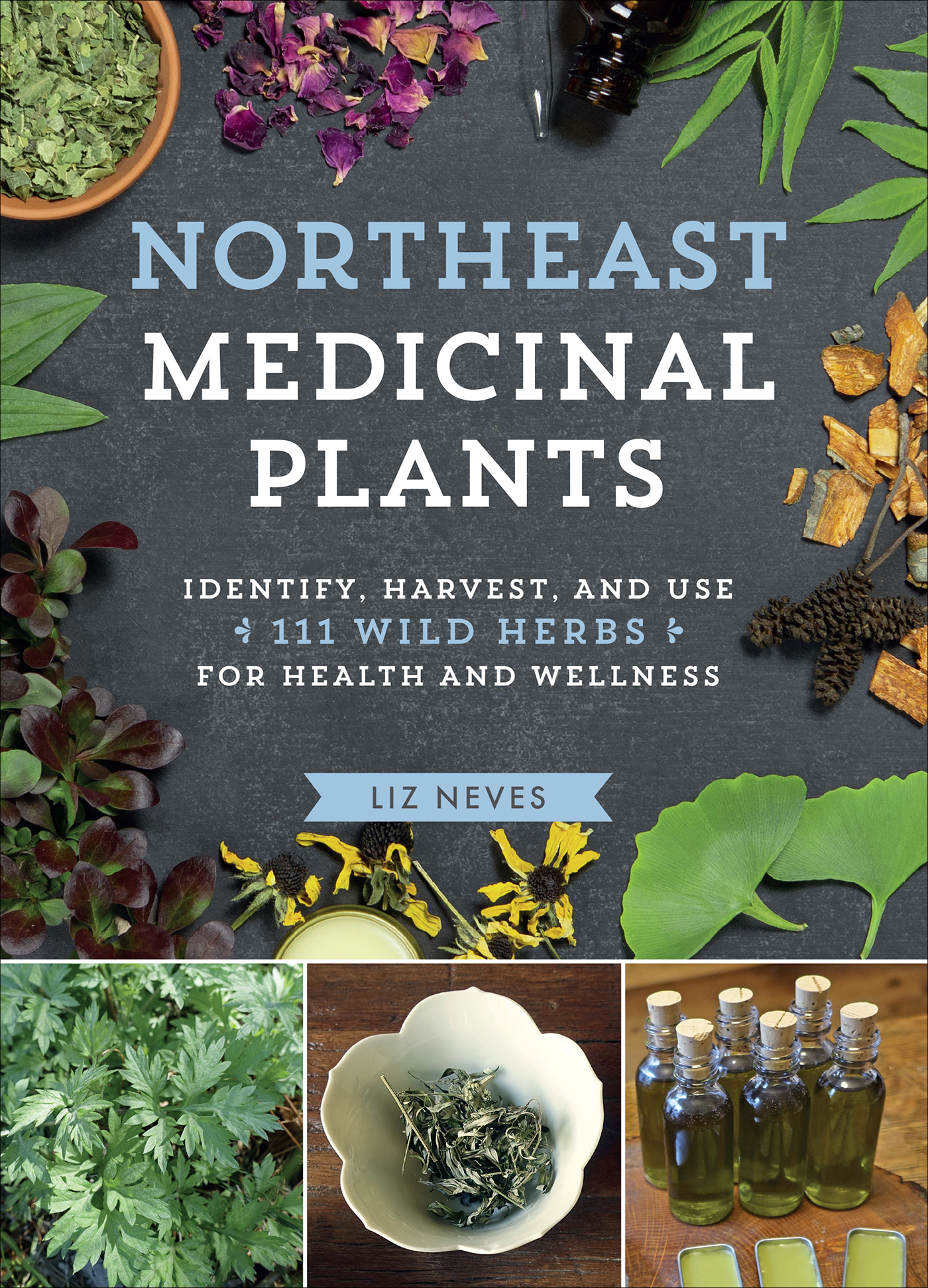Contents
Guide
Page List

Black-eyed Susan blooms on a summers day.
NORTHEAST
MEDICINAL
PLANTS
IDENTIFY, HARVEST, AND USE
 111 WILD HERBS
111 WILD HERBS
FOR HEALTH AND WELLNESS
LIZ NEVES
To the caretakers of this planet,
the fierce defenders of the Wild.
To those who remember
what it is to be children of Earth.

CONTENTS

Old growth pine branches touch the sky. Eastern white pine is known as the Tree of Peace by the Haudenosaunee Confederacy, with the five needles of each leaf grouping representing the original five nations (Mohawks, Oneidas, Onondagas, Cayugas, and Senecas).
PREFACE
Nothing is ever really lost, its just forgotten.
In high school I heard the wild calling. My school offered an opportunity to backpack in the Adirondack Mountains for a week. I dont know what compelled me to do it. In all my 15 years I had never been on a camping trip like this before. I distinctly recall packing the borrowed thermals the school provided, weighing out bags of pasta and oatmeal and distributing it among our packs.
In the days leading up to the trip, the five of us students practiced belaying on the schools ropes course, guided by our two teachers. On our way to the mountains we stopped at the Delaware Water Gap, just about 30 minutes northwest of my hometown, to practice more climbing and rappelling skills. Then we were off, 5 hours or so into the heart of the Adirondack high peaks region.
At the time, I appreciated nature, but did not sense the deep inseparable connection we have to Earth. When did we start thinking we were separate from nature? Like many people in the Western world, the idea that nature was somewhere out there was well conditioned in me. Little I knew of the treasures that the wild gifts to the spirit. I did not grasp the immense healing that simply being surrounded by plants could have, let alone know the direct healing properties of these plants.
It was a difficult adventure, not without its rewardsmainly the thrill of reaching those spectacular unparalleled open mountaintop views. We hiked several miles a day with full packs. Up and down elevations that challenged us physically and mentally. On one of the last days of our trip, it felt like a great accomplishment to reach the highest peak at an elevation of 5343 feet, Mount Marcy, known as Tewawestha in Kanienkeh:ka (Mohawk) or Tahawus meaning cloud-splitter in Algonquin.

A very simple field guide from my youth.
Unfortunately for my feet, I had the wrong kind of boots. The impact of downhill hiking with a pack on my back brought heel blisters and cost me two toenails. Though painful to endure, it was a small price to pay for the lessons I learned and the seeds that were planted on that journey.
We each had a solo night away from the camp and without food. We were told we could eat clovers, but what I never wondered was, what are clovers doing on a mountaintop? I nibbled many clovers that evening under my makeshift poncho tent. I can assure you they arent filling. And I wrote in the little photocopied survival guide journal our teachers provided. I still have that journal. Inside is the tiniest field guide to medicinal and edible plants Ive ever seen. Eastern white pine, jewelweed, poison ivy, sassafras, violet.
Fast forward 27 yearsafter college, an abandoned advertising career, becoming a mother, and about 10 years of herbal and spiritual explorationand here I am, writing about those very same plants in this book.
Retelling this story now, as a mother, I see it with fresh eyes. I see that sowing the seeds of plant medicine and other forms of earth wisdom in children is critical to ensuring that humans thrive on this planet alongside their green, winged, finned, and furry relations. Even if they dont pursue a path of plant medicine right away itll be a thread in their lifes fabric, and they will come back to it in some way. If we forget, we can remember. We can always return to the wise ways.
It is my hope that in connecting you with wild medicinal plants that we will all come to a greater appreciation of the natural world, understand our place in it, and become impassioned keepers of the land, protectors of wild spaces.
Lets remember, together.

Chicory flowers open in the morning, closing with the heat of the summer sun.
HOW TO USE THIS BOOK
The northeastern United States and southeastern Canada contain a rich abundance of medicine plants. Ive selected 111 of the most versatile and plentiful that are present in a good chunk of the region. Through directly experiencing the plants, you will come to find your particular relationship with them. You may discover new ways of partnering with the plants that I have not included here, or that anyone has written about for that matter. The beauty of learning how to collaborate with medicinal plants is that it is a lifetime journey full of discovery.
PLANT NAMES
There are at least two ways to call a plant by its name. One is to use the common name; lets take dandelion, for example. Many people around the world know this plants name as dandelion. However, if you live in France, you might call the plant dent de lion (for lions tooth, referring to the shape of the leaves) or pissenlit (for wet the bed because its a diuretic). In England you might call the gone-to-seed flower of this plant clockslegend has it, the amount of times required to blow the seeds loose from the flowerhead tells the time of day. In Hindi, this plant is called Kukraundha, but so is blumea (Blumea lacera). Wait, whats that name in parentheses? And why are two plants given the same common name? This is where the challenge of common names arises. How do we know which plant we are talking about when more than one plant is named that way or when one plant has multiple common names? Enter, the scientific name!
Scientific names are based on a taxonomic system of grouping plants and other living creatures into categories of other related living things. The taxonomic system that we use today is based on the work of Carolus Linnaeus (aka Carl von Linn). Although our modern way of categorizing living beings is a bit different from Linnaeuss, the basic concept is intact. Just like life on Earth, scientific systems are ever-evolving. Plants are currently named, like all life forms, by these categories: domain, kingdom, phylum, class, order, family, genus, and species.







 111 WILD HERBS
111 WILD HERBS



